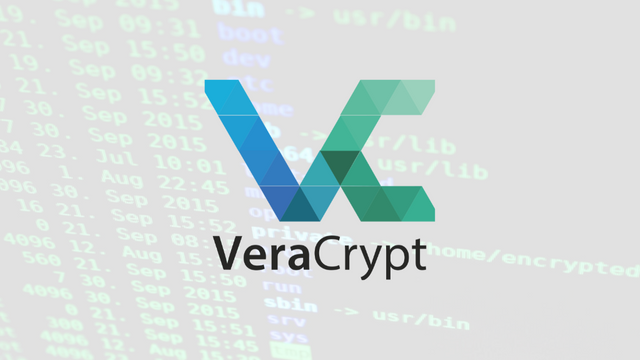
In today's digital world, data security is a top priority. With increasing cyber threats and data breaches, safeguarding sensitive information has become essential. VeraCrypt is one of the most reliable open-source tools for encrypting files and protecting them from unauthorized access. This article dives deep into VeraCrypt, exploring its features, uses, and best practices to enhance data security.
What Is VeraCrypt?
VeraCrypt is an open-source encryption software designed to secure data by creating encrypted volumes or encrypting entire drives. It is a successor to the discontinued TrueCrypt software, offering enhanced security and compatibility with modern systems. VeraCrypt is trusted by individuals and organizations alike for protecting sensitive data.
Key Features of VeraCrypt
Strong Encryption: VeraCrypt employs advanced encryption algorithms such as AES (256-bit), Twofish, and Serpent, allowing users to choose single or multi-algorithm encryption.
On-the-Fly Encryption: Data is encrypted and decrypted automatically as you work with it, ensuring seamless user experience.
Full Disk Encryption: Users can encrypt entire drives, including system drives, requiring a password to boot the system.
Encrypted Containers: Create encrypted virtual drives to store sensitive files securely.
Hidden Volumes: Conceal sensitive data within encrypted volumes to protect against coercion or unauthorized access.
Cross-Platform Support: VeraCrypt is compatible with Windows, macOS, and Linux, providing flexibility for users on different operating systems.
How to Use VeraCrypt
Step 1: Download and install VeraCrypt from the official website at https://veracrypt.fr/en/Downloads.html
Step 2: Launch VeraCrypt and click on Create Volume. Choose whether to create an encrypted file container or encrypt an entire drive.
Step 3: Select the encryption algorithm and file system type, then set a strong password.
Step 4: Mount the encrypted volume by selecting it, clicking Mount, and entering the password.
Best Practices for Using VeraCrypt
Use Strong Passwords: Combine uppercase, lowercase, numbers, and symbols for maximum security.
Keep VeraCrypt Updated: Regularly update the software to benefit from the latest security enhancements.
Enable Hidden Volumes: Protect sensitive data by creating hidden volumes within encrypted drives.
Protect Encryption Keys: Do not store passwords or keys in insecure locations.
Stay Security-Conscious: Ensure your operating system and other software are up-to-date to minimize vulnerabilities.
Applications of VeraCrypt
VeraCrypt is versatile and can be used in various scenarios:
Personal Data Protection: Encrypt personal files like legal documents, photos, and passwords.
Secure Traveling: Protect sensitive data while traveling, especially if devices are lost or stolen.
Professional Use: Secure client data or confidential projects.
Encrypted Backups: Ensure your backup files are safe from unauthorized access.
Limitations of VeraCrypt
No Cloud Integration: VeraCrypt does not natively support cloud storage solutions.
Learning Curve: Beginners may find the setup and usage slightly complex.
Performance Impact: Full disk encryption can marginally affect system performance.
VeraCrypt is a robust and reliable solution for encrypting sensitive data. Whether you are an individual seeking to secure personal files or an organization aiming to protect critical information, VeraCrypt offers powerful encryption features to meet your needs. By following best practices and leveraging its capabilities, you can significantly enhance your data security and safeguard against potential threats.